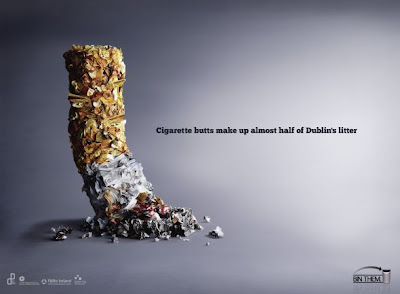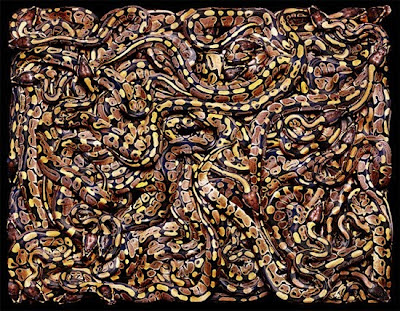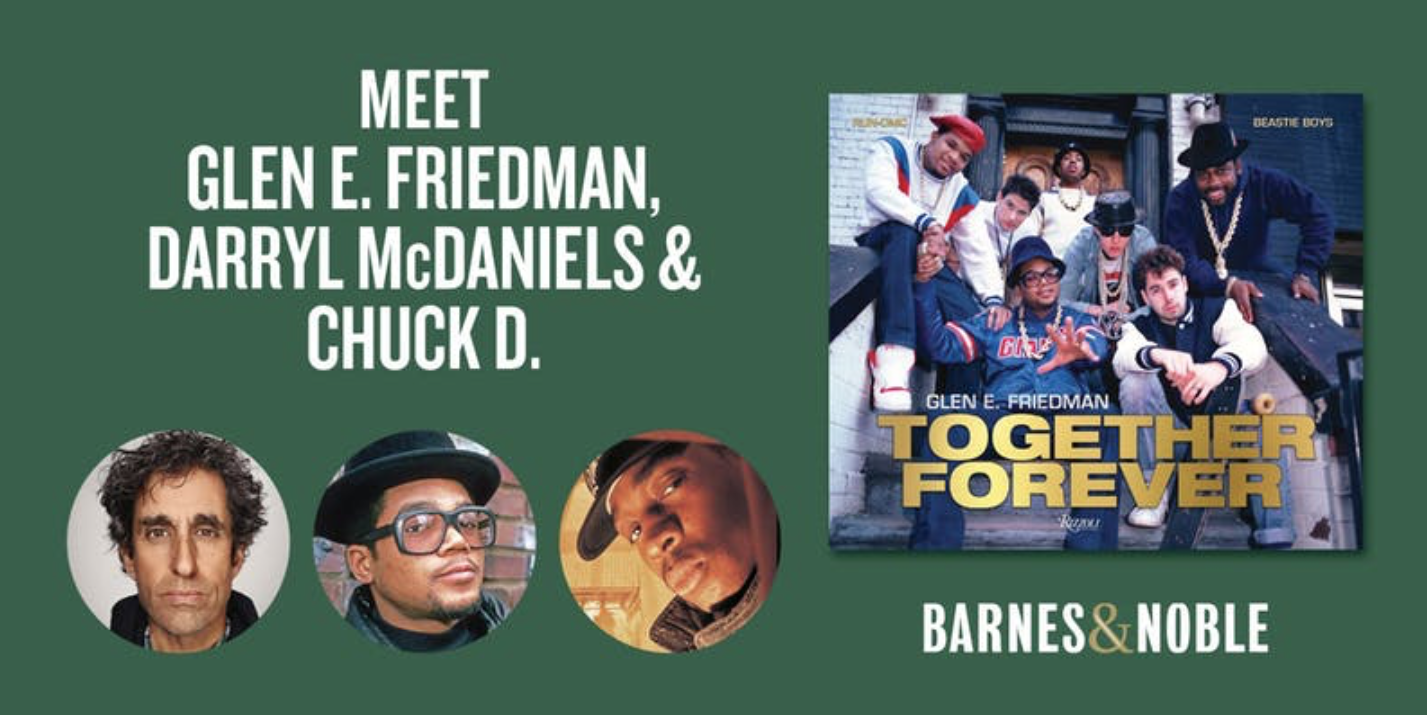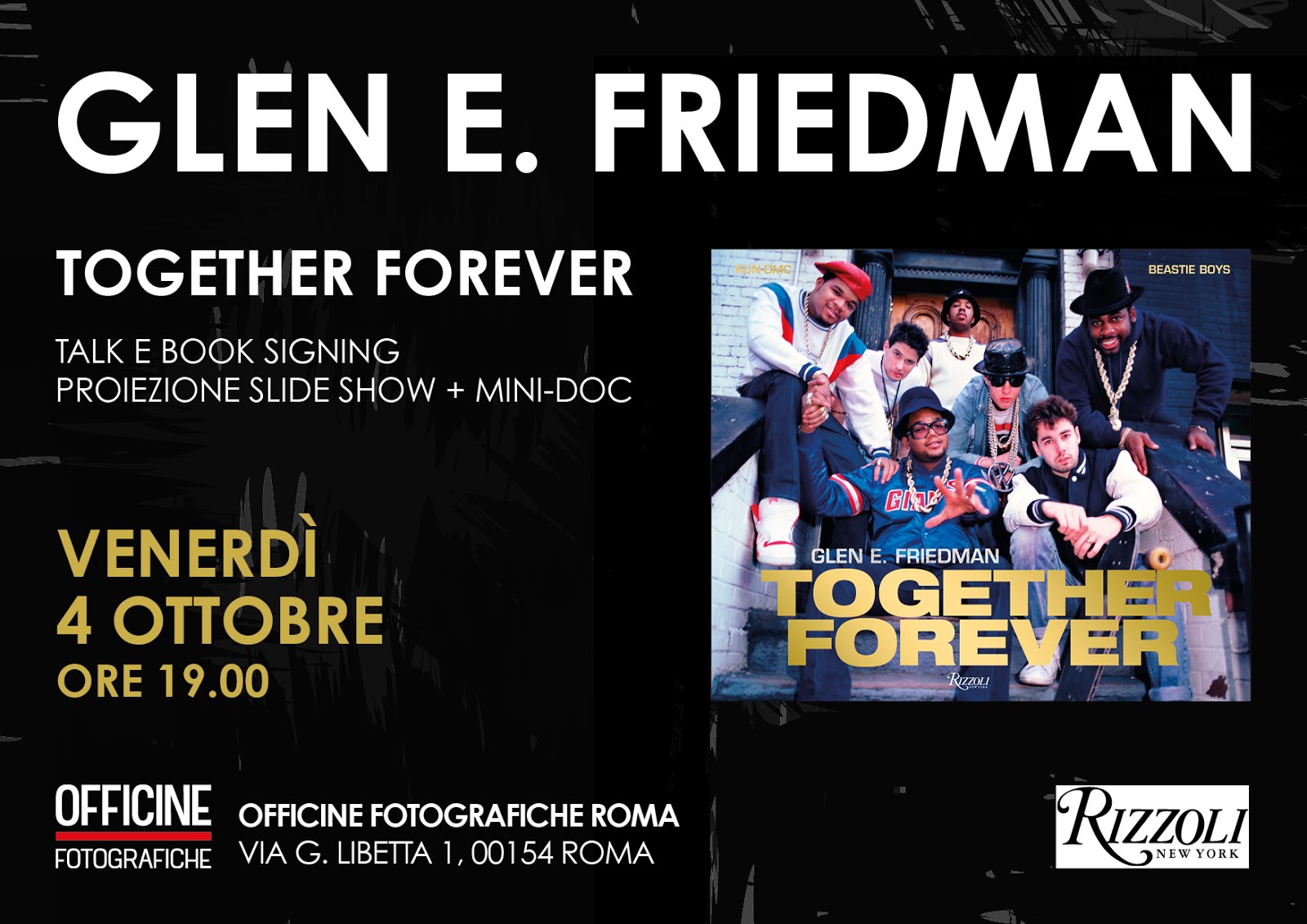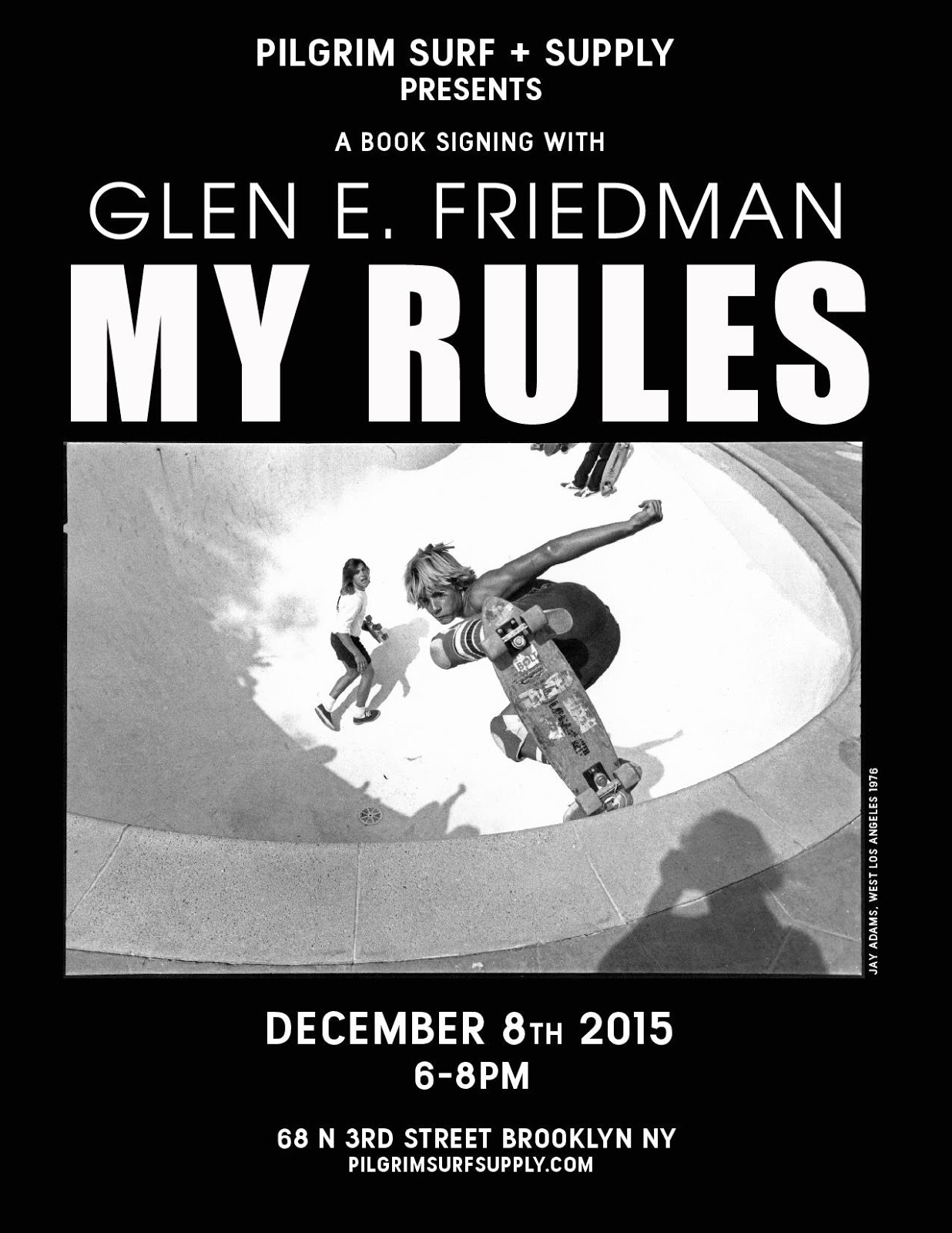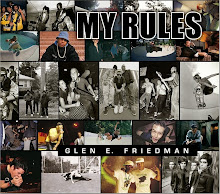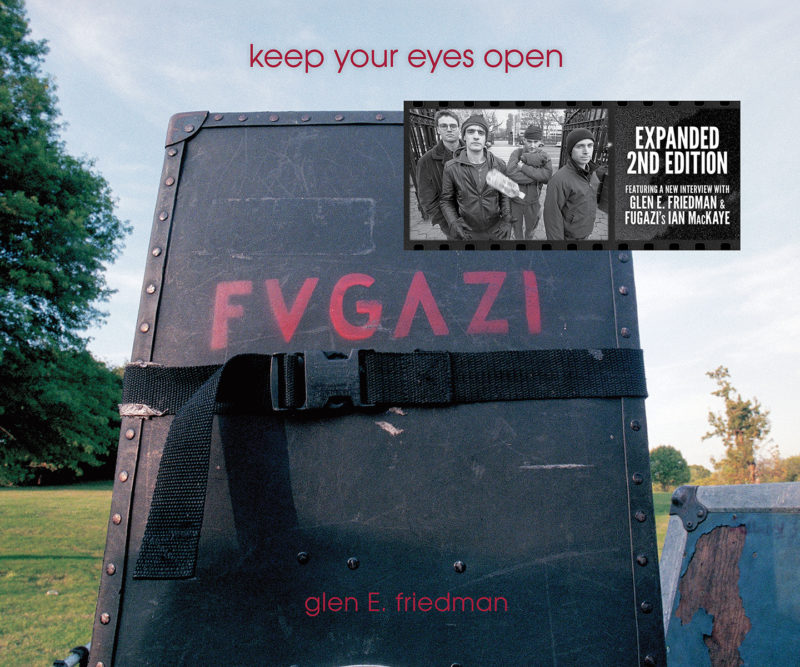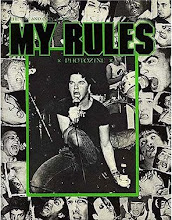This is probably the most neatly compact and lucid explanation of where America stands as a country as I have seen in many a moon. From Daily Kos:
Here’s the thing that modern advocates of the filibuster always seem to forget: because doing nothing represents a policy choice, votes in Congress are choices between two different policy positions. There’s no good reason why one side should need 41% to prevail, while the other side needs 60%.
Take the public option, for example: If you vote for the public option, you’re voting to give the public the option to buy insurance from a not-for-profit with the scale to negotiate good rates. If you vote against the public option, you’re voting to require everybody to purchase health insurance from private institutions.
There are reasonable arguments for and against each position. But there really isn’t a reasonable argument why one position should require 60% support and the other position should require 41%.
Isn’t it ironic that those carrying the banner of freedom and liberty would base their entire political strategy around minority rule?
thanks Dangerous Minds
and here Democracy Now discusses
Healthcare Summit Ending in Deadlock;
Single-Payer Advocates Excluded












